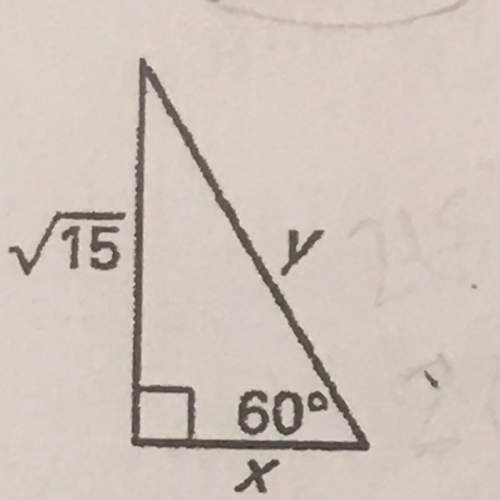
Mathematics, 07.10.2019 23:00 Savagepanda911
1. u. s. population. an arithmetic sequence is the discrete analog to a linear function. both an arithmetic sequence and a linear function assumption assume a constant additive rate of change.
a) according to the u. s. census bureau, the official u. s. population was 248.7 million in 1990 and 308.7 million in 2010. what was the average change in population per year from 1990 through 2010?
(308.7 mil-248.7 mil)/(2010-1990)
= 60mil/20 years
= 3mil/per year
the official u. s. population was 281.4 million in 2000. let pn be an arithmetic sequence that represents the u. s. population (in millions of persons) n years after 2000. p0 = 281.4. this is the intial condition for the sequence.
b) use your answer from part a to write a recursive formula for the sequence pn.
c) write an explicit formula for the arithmetic sequence pn, assuming that
p0 = 281.4.
d) use the information from parts b, c, and d to estimate the u. s. population in 2010, 2015, and 2020.

Answers: 1


Another question on Mathematics

Mathematics, 21.06.2019 13:40
1234567891011 match the reasons with the statements in the proof. given: j | | k m 1 = m 3 prove: l | | m 1. j||k, m∠3 = m∠1 if lines are ||, then corresponding angles are =. 2. m∠1 = m∠2 if alternate interior angles are =, then lines are ||. 3. m∠2 = m∠3 substitution 4. l||m given
Answers: 3

Mathematics, 21.06.2019 16:50
The graph represents the gallons of water in a water tank with respect to the number of hours since it was completely filled
Answers: 1

Mathematics, 21.06.2019 17:30
If i have one apple and give you the apple, how many apples do i have?
Answers: 2

Mathematics, 21.06.2019 22:30
If you prove that ∆wxz is congruent to ∆yzx, which general statement best describes what you have proved?
Answers: 3
You know the right answer?
1. u. s. population. an arithmetic sequence is the discrete analog to a linear function. both an ari...
Questions





Mathematics, 05.10.2019 08:30

Business, 05.10.2019 08:30


Social Studies, 05.10.2019 08:30

Mathematics, 05.10.2019 08:30





Computers and Technology, 05.10.2019 08:30


Physics, 05.10.2019 08:30

Advanced Placement (AP), 05.10.2019 08:30





 is the initial value of the population in 2000 and
is the initial value of the population in 2000 and  is the population, n, years after 2000.
is the population, n, years after 2000.

 = 281.4 and, d = 3, thus an explicit formula for the arithmetic sequence
= 281.4 and, d = 3, thus an explicit formula for the arithmetic sequence 






